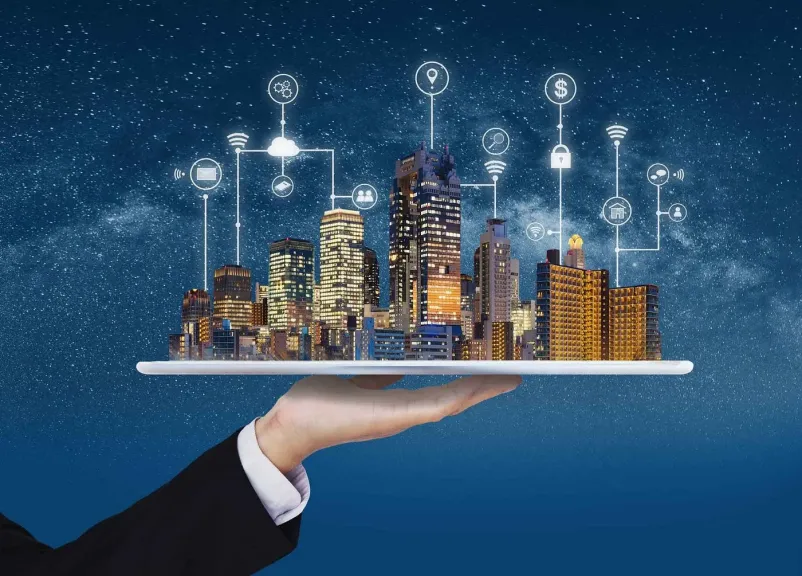How Technology Is Transforming Urban Mobility And Driving Sustainable Cities

As urbanization accelerates globally, cities face growing challenges related to traffic congestion, energy consumption and public service management. Traditional systems are increasingly strained under these pressures, leading to inefficiencies, environmental concerns and reduced quality of life.
Fortunately, the convergence of cloud computing, artificial intelligence (AI), machine learning (ML) and Internet of Things (IoT) technologies offers a transformative path forward. These innovations are reshaping urban mobility and sustainability, enabling cities to become smarter, greener, and more resilient.
The Rise Of Smart Cities And The Need For Innovation
According to the United Nations Population Fund, more than half of the world's population now resides in urban areas, with projections indicating this will rise to about 5 billion by 2030. As cities grow, managing resources efficiently becomes critical. Urban mobility—the ability of people and goods to move around efficiently sits at the center of this challenge.
Cloud computing provides the scalable infrastructure needed to collect and process massive volumes of urban data, while AI and ML deliver the predictive analytics and automation necessary for real-time decision making. Together, these technologies are forming the backbone of the modern smart city.
Real-World Innovations In Urban Mobility
Consider the concept of a model smart city, where congestion is minimized, energy consumption is optimized and public services run seamlessly. Here are several examples of how technology is making this vision a reality:
Optimizing Traffic Flow
Cities are using high-performance cloud infrastructure combined with real-time data from traffic sensors, GPS systems and cameras. AI models analyze these data streams to predict traffic patterns and dynamically adjust traffic signals, rerouting vehicles to less congested areas and minimizing idle time at intersections. McKinsey reports that AI-driven traffic management can reduce urban travel time by up to 20%, highlighting the effectiveness of adaptive systems.
Enhancing Energy Management For Public Transportation
Public transport networks are leveraging cloud-based data lakes and AI to monitor vehicle performance, predict energy consumption and optimize charging schedules for electric buses and trains. Machine learning algorithms can forecast future energy needs based on route patterns and passenger volumes, enabling energy providers to better balance grid loads and reduce carbon emissions. The Urban Institute notes that transit agencies are using AI software to monitor camera and sensor feeds, enhancing safety and operational efficiency in public transportation.
Dynamic Public Transit Scheduling
Passenger data, collected in real time from smart ticketing systems and mobile apps, is processed through analytics platforms to detect demand surges. AI models can adjust bus and train frequencies dynamically, ensuring that services are deployed more efficiently.
Smarter Waste Management
IoT-enabled waste bins equipped with sensors feed real-time data into cloud platforms, where ML models predict when bins will reach capacity. Routing software then optimizes waste collection schedules, reducing unnecessary trips and lowering fuel consumption. These data-driven waste management systems not only cut operational costs but also contribute to cleaner urban environments.
Broader Business And Social Impacts
The benefits of smart city technologies extend far beyond operational efficiency:
• Business Optimization: Transportation companies, energy providers and municipal services can leverage AI and cloud technologies to reduce costs, optimize resource allocation and deliver better services.
• Environmental Sustainability: Smart systems reduce fuel consumption, minimize emissions and help cities meet ambitious climate targets.
• Public Health: Reducing congestion and pollution can improve air quality, decrease the prevalence of respiratory illnesses and enhance overall well-being.
• Accessibility: AI-driven solutions, including real-time updates and adaptive transportation services, can improve accessibility for elderly and disabled populations, making cities more inclusive.
By addressing mobility and sustainability challenges together, technology-driven cities create environments that are not only more livable but also more economically resilient.
